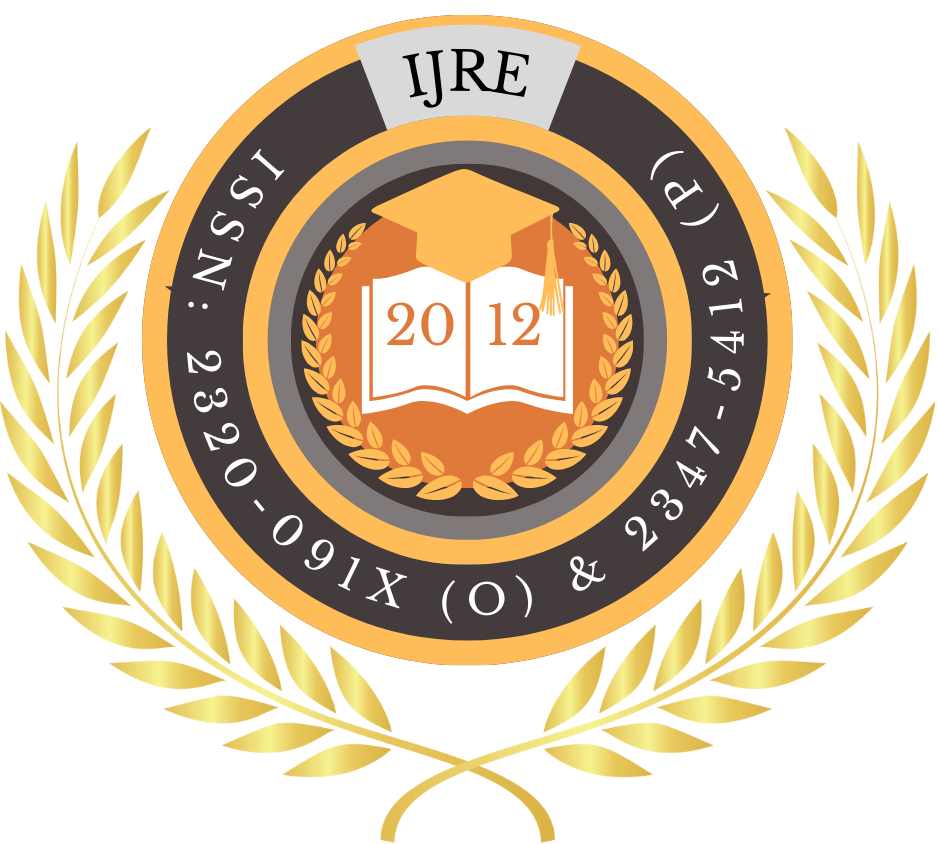![]()
Certificate: View Certificate
Published Paper PDF: View PDF
Divya Krishnamurthy
Independent Researcher
Karnataka, India
Abstract
YouTube has evolved from a user‐generated entertainment platform into a major source of educational content for adolescents, offering unprecedented access to diverse learning materials at any time and place. This study investigates patterns of educational video consumption among teens, the motivational and contextual factors influencing their engagement, and the perceived learning outcomes and broader developmental impacts. Drawing on a survey of 600 secondary‐school students (aged 13–18) across Mumbai, Delhi, and Bangalore, supplemented by focus‐group interviews, we explore (1) the types of educational content viewed, (2) viewing habits and time allocation, (3) motivations—ranging from intrinsic curiosity to extrinsic academic needs—(4) strategies for evaluating credibility, and (5) challenges such as misinformation, distraction, and digital equity. Results indicate that 82% of respondents use YouTube weekly for academic purposes, preferring concise STEM tutorials, language‐learning clips, and “study with me” sessions. Critical drivers of engagement include content relevance to coursework, video length under 15 minutes, presenter charisma, and interactive elements like annotations and comments. Despite these benefits, nearly half of the teens report difficulty discerning credible sources, and 38% experience off‑topic distractions triggered by algorithmic recommendations. Furthermore, disparities in device availability and internet connectivity emerge as significant barriers, underscoring the risk of exacerbating the digital divide. We discuss the implications for educators—who can integrate curated playlists and scaffold digital‐literacy lessons—for content creators—who should prioritize pedagogical clarity and transparent sourcing—and for platform designers—who might implement “education mode” filters and credibility badges. By combining quantitative trends with rich qualitative insights, this research offers a comprehensive roadmap to optimize YouTube’s role in adolescent learning and to foster more equitable, effective, and engaging informal education ecosystems.
Keywords
YouTube, educational consumption, teens, motivation, credibility, challenges
References
- https://www.researchgate.net/publication/313801187/figure/fig2/AS:470173015646209@1489109390308/Flowchart-of-YouTube-video-selection.png
- https://www.researchgate.net/publication/354041785/figure/fig1/AS:1059048820572160@1629508323302/Parents-educational-strategy-flowchart.png
- Braun, V., & Clarke, V. (2006). Using thematic analysis in psychology. Qualitative Research in Psychology, 3(2), 77–101.
- Bulger, M., & Davison, P. (2018). The Promises, Challenges, and Futures of Media Literacy. Journal of Media Literacy Education, 10(1), 1–21.
- Burgess, J., & Green, J. (2018). YouTube: Online Video and Participatory Culture (2nd ed.). Polity Press.
- Deci, E. L., & Ryan, R. M. (2000). The “what” and “why” of goal pursuits: Human needs and the self‐determination of behavior. Psychological Inquiry, 11(4), 227–268.
- Greenhow, C., & Lewin, C. (2016). Social media and education: reconceptualizing the boundaries of formal and informal learning. Learning, Media and Technology, 41(1), 6–30.
- Hamari, J., Shernoff, D. J., Rowe, E., Coller, B., Asbell-Clarke, J., & Edwards, T. (2015). Challenging games help students learn: An empirical study on engagement, flow and immersion in game‐based learning. Computers in Human Behavior, 54, 170–179.
- Kimmons, R., & Veletsianos, G. (2018). Contextualizing digital literacy: A framework for engaging students in online environment evaluation. Journal of Digital Learning in Teacher Education, 34(3), 119–127.
- Kirkpatrick, K. (2017). Educators and YouTube: A survey of instructional use. Journal of Interactive Media in Education, 2017(1), 1–10.
- Livingstone, S. (2001). Young people and new media: Childhood and the changing media environment. Sage Publications.
- Morris, T. H., Highfield, K., & Aagard, J. (2019). Study with me: Exploring the role of webcam study sessions in student peer support. Journal of Educational Multimedia and Hypermedia, 28(4), 403–422.
- Raes, A., Vanderhoven, E., Standaert, W., Schellens, T., & De Marez, L. (2018). How effective is video‐based feedback at the workplace? A systematic review. Computers & Education, 122, 103–113.
- Snelson, C. (2016). YouTube across the disciplines: A review of the literature. MERLOT Journal of Online Learning and Teaching, 12(2), 106–121.
- Yuan, L., & Powell, S. (2013). MOOCs and open education: Implications for higher education. JISC CETIS.
